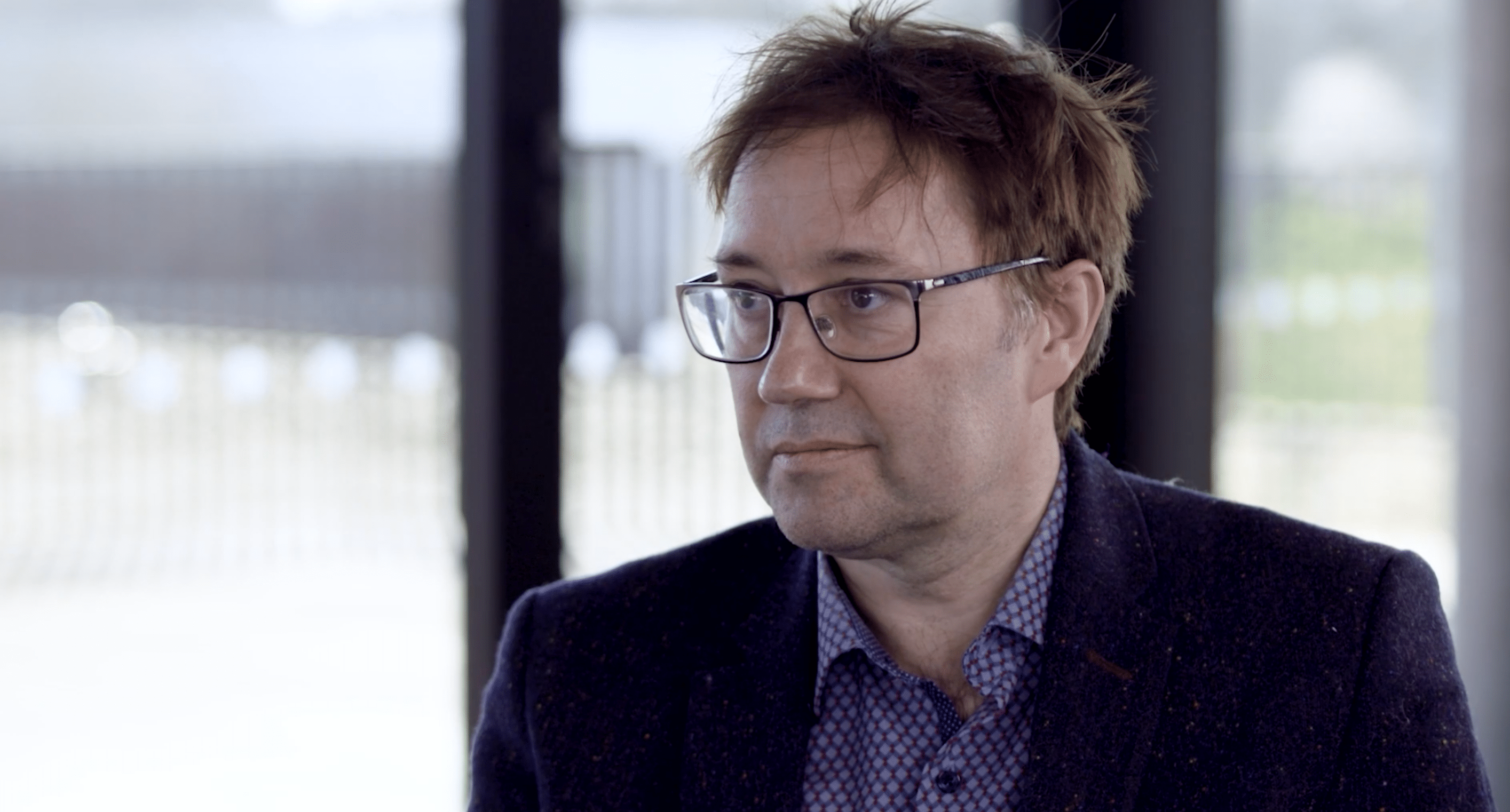The challenge
Although major wars are decreasing, civil conflicts and terrorist attacks remain serious challenges, on average around 70,000 000 people per year have been killed in armed conflicts worldwide since 2010.
We need to better understand what causes conflicts to erupt. The Essex team has led efforts to develop more in-depth insights into the issues which leads to outbreaks in violence and conflict settlement.
Why? The economic and social costs of conflict are huge. Alongside the rising death toll, the UN continues to spend billions on humanitarian aid in regions ravaged by violence, and war-torn countries suffer economic downturns, which can last for decades causing further misery.
There is a growing interest in more systemic approaches to prediction of conflict. These can help avoid the overconfidence that has contributed to many intelligence failures in the past, as well as to better understand what we know, what we do not know, as well as what might influence the risk of conflict.
What we did
Researchers at the University of Essex have contributed to a large body of research on the causes of conflict and conflict modelling.
They have examined the severity and frequency of conflicts, focusing on data around terrorist attacks and how lethal they were. These results were used to forecast the likelihood of future severe terrorist events.
Looking at predicting where civil war is more likely to break out and end, the research team showed how predictions can be improved by paying particular attention to factors reflecting the dynamics of groups and motives such as inequality and grievance, rather than just looking at country characteristics.
This initial forecast model was extended from country years to dynamic monthly forecasts of conflict onset and termination. This formed the basis for a partnership with the Political Instability Task Force, a United States sponsored initiative which seeks to identify factors that increase a state's vulnerability to political instability.
The research also showed how using models which focus on issues and conflict management can improve forecasting of interstate disputes. Based on this, the research team was commissioned to write a report on forecasting models for interstate conflict for Leidos, the main contractor for the Political Instability Task Force.
As a result of their work the research team have given presentations and consultations at meetings presenting and discussing the research findings with representatives from many international institutions and regional organisations with early-warning or action initiatives. These have included the UK Cabinet Office, the NATO Joint Analysis and Lessons Learned Centre, the UK Ministry of Defence, the UK defence science and technology lab (dtsl), the German Federal Ministry of Foreign Affairs and the Economic Community of West African States.
What we changed
Essex research has helped improve conflict forecasting and supported early warning/action initiatives by national and international organizations across the world.
Although the use of this type of research often remains confidential, end users have indicated that they have made extensive use of these research findings. The team continues to contribute monthly forecasts of armed civil conflict onset for the Political Instability Task Force.
There is also growing interest in the use of artificial intelligence for data collection and modelling in conflict prediction. “Reducing human error by using artificial intelligence in the form of systems modelling is an essential key to accurately predicting conflict –- a move which saves both lives and money,” says Professor Gleditsch.






